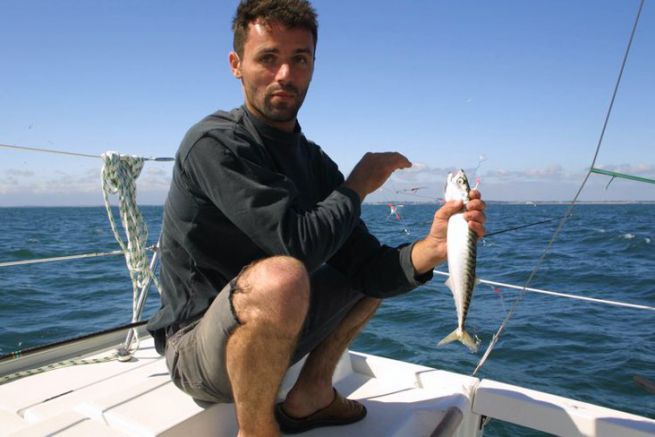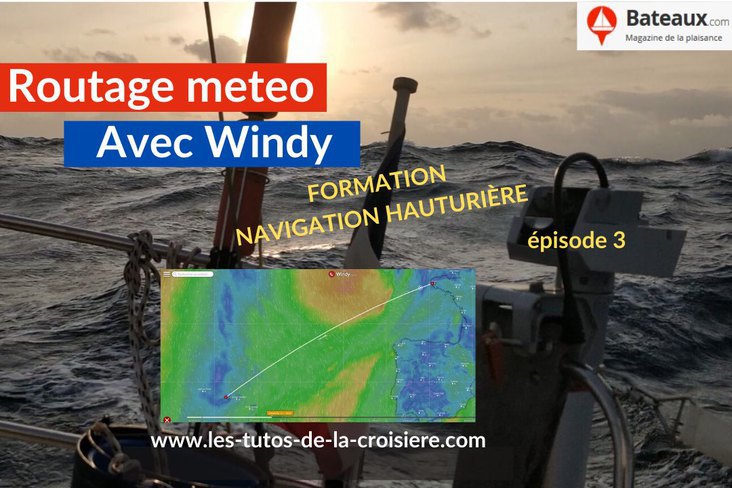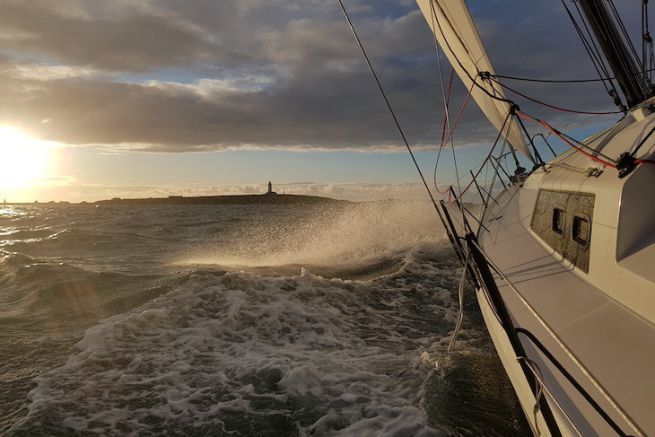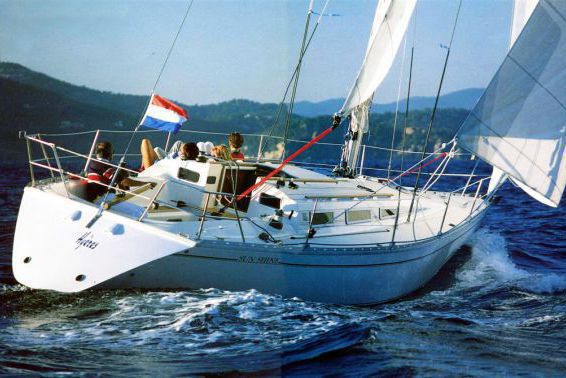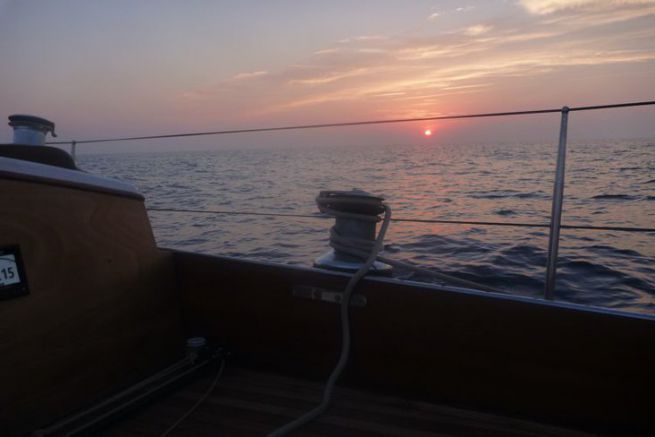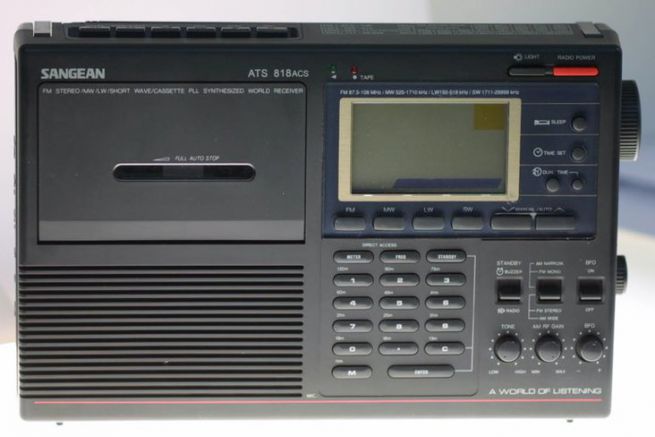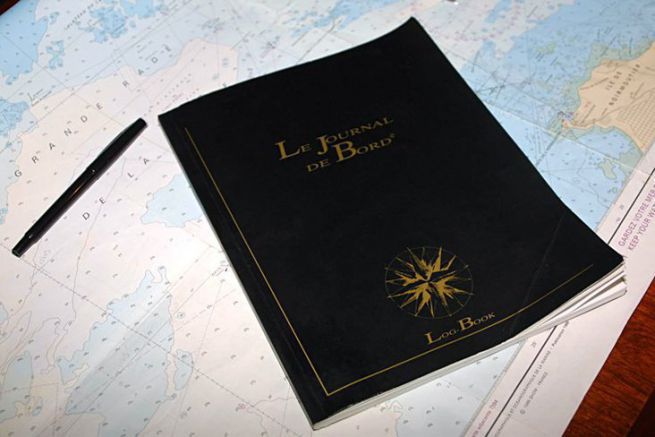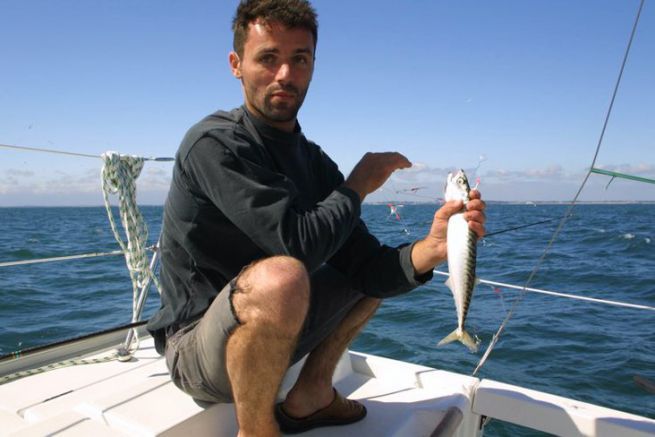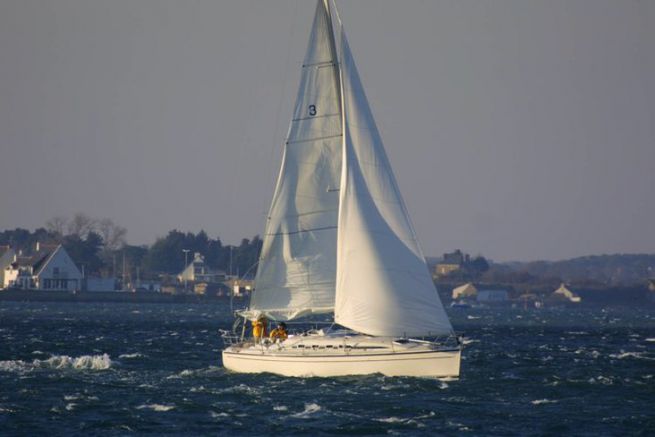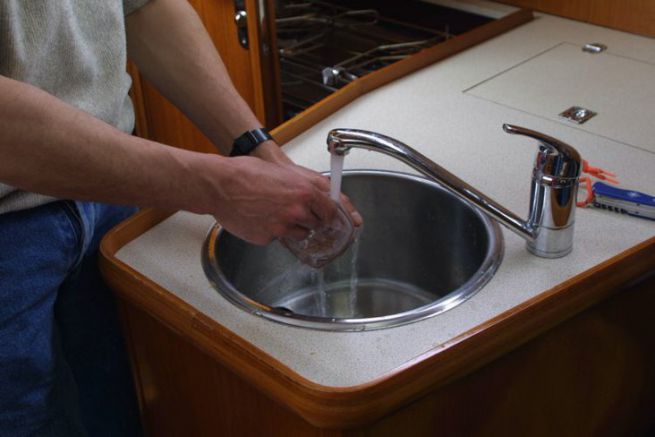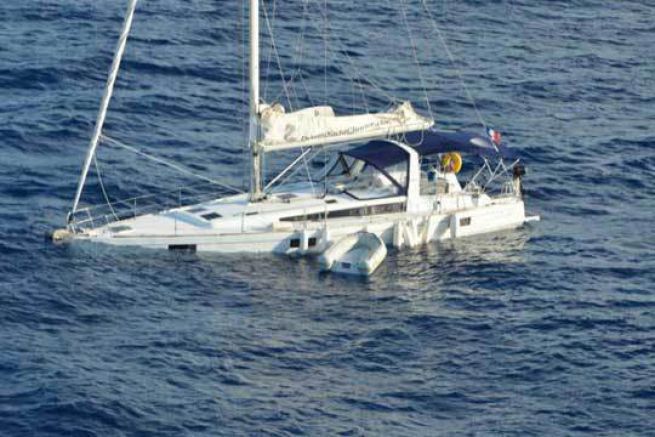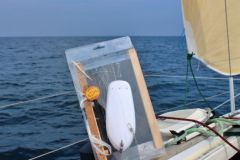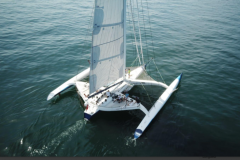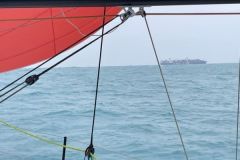This 6th episode of Suhaili's crossing reminds me that during my first offshore navigations, I dreamed of feeding on what the sea would give me. I'll tell you right away: I never succeeded. Luckily I didn't believe in it to the point of neglecting the bunkering of my boat.
However, with a little anticipation; it is possible to substantially supplement the reserves on board by trolling. Here is an outline of the principles you can follow to achieve this.
Simple and affordable assembly
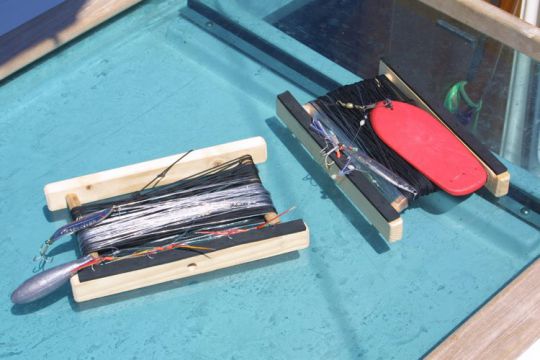
There's no need to bother with a big-game fishing reel if you're not an enthusiast. A trolling line already mounted will cost you about 20 euros in 2020 in a suitable shop. As for lures, you will find tons of video tutorials on the Internet where you can learn how to make them with 3 pieces of string and a bit of creativity.
Being in the right place at the right time
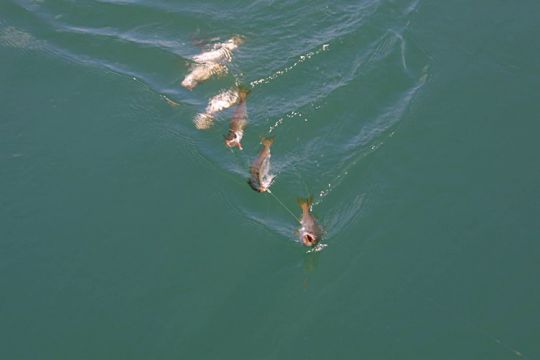
The best takes, I did them all shortly after sunrise. In the Bay of Biscay, the "march" of the continental shelf often reserves good surprises. This is the area where the abyssal depths rise abruptly from several thousand metres to a few hundred metres.
In the Pacific Ocean, on the road to the trade winds, two days at sea from the South American continent, my line has never stopped stretching. Which brings me to the next point: the surveillance of the line.
Watch the line
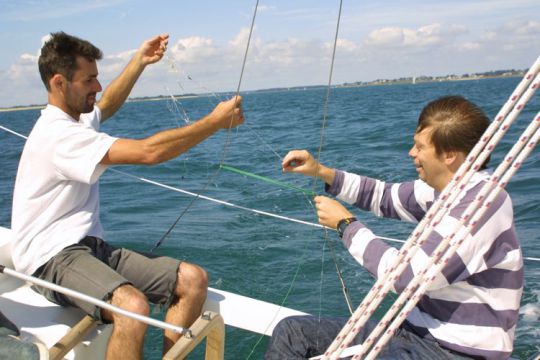
Without a reel going out, you won't "hear" the fish pull on the hook. For lack of attention, in the Pacific, sharks have been eating my catch, taking much of my line with them. After 3 weeks at sea, due to a lack of hair, I was reduced to fishing with bitch.
In the meantime I have developed various warning systems based on strands of wool that I tied between two relaxed stitches of the line. If the strands of wool were broken, I knew that there had been excessive tension in the line. I also made inner tube shock absorbers to prevent the line from breaking when the fish got hooked on the lure.
Watch out for birds. There aren't that many of them out there. If you spot them flying obstinately in your wake, it's probably out of interest in the fish you're dragging behind you.
Reassemble the fish without losing it
You see the reflection of its beautiful colors underwater, one more effort and it will be in the skirt of your sailboat, totally at your mercy. To you the raw fillets spiced up with lime! Not quite, however, because the risk of seeing it escape at the last moment is very real. The heavier they are, the more powerful the offshore fish are and the harder they fight. To avoid carnage or simply to lose it, you have at least two solutions. The first is to equip yourself with a large hook placed at the end of a pole. The second is to let a noose at the end of the pole slide around the fish and pull it out of the water by its tail. You will then be able to hang it on the back balcony and finish it quickly without fear of its bursts.
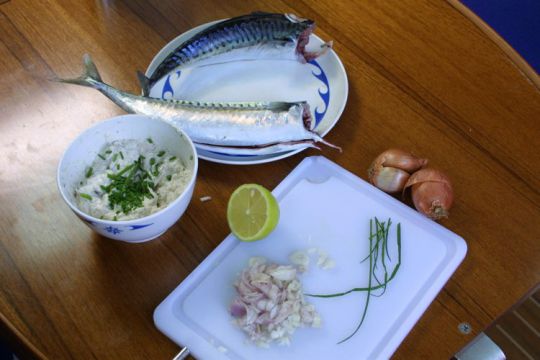
All you have to do is pull the fillets, cook, enjoy and if it's really big, can it.

